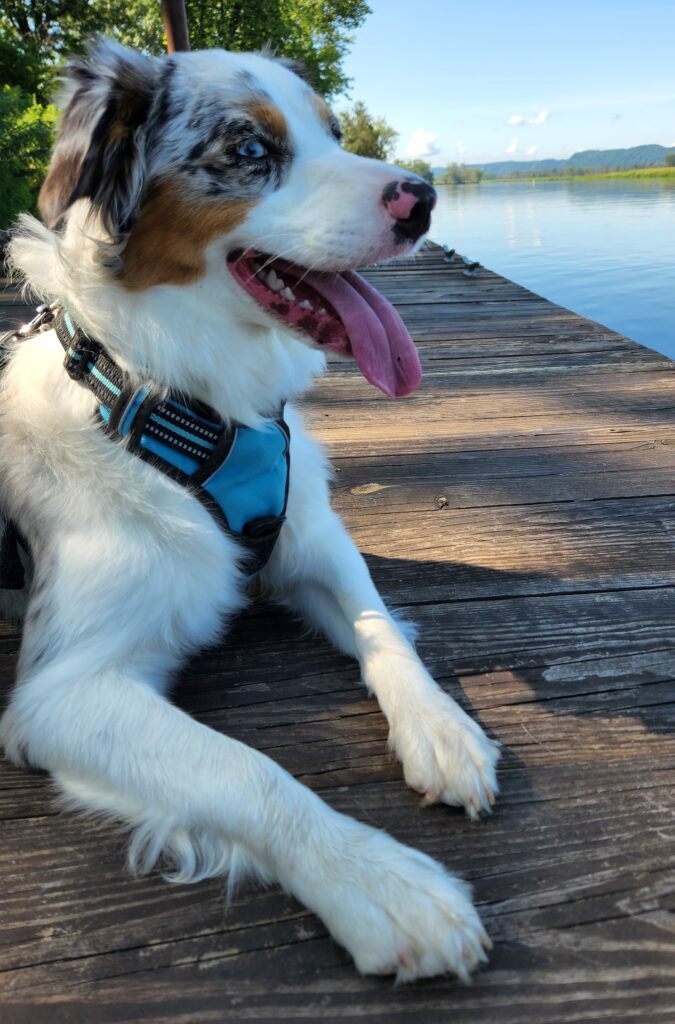Understanding the distinctions between emotional support animals (ESA), facility, service, and therapy dogs is essential for individuals seeking assistance from these specialized canine companions. Each category serves unique purposes and requires specific training and certifications. Whether you’re in need of an ESA for emotional support, a therapy dog to provide comfort to others, or a service dog to assist with a disability, knowing the differences and requirements can help you make informed decisions about which option best suits your needs.
Emotional Support Animal (ESA)
ESAs provide companionship and a calming presence to individuals with psychological disorders such as depression or anxiety. Unlike service dogs, ESAs are not protected by ADA laws but can fly on airlines and live in dog-prohibited areas. Owners may seek professional training assistance if needed.
Specifics: Identify the specific emotional support needed, such as anxiety or depression.
Facility Dog
Trained to work as a therapy dog in a specific location, such as a workplace or healthcare facility. These dogs typically work full-time, and the owner is usually the handler. Professional training is often necessary, and arrangements must be made for insurance coverage in the workplace.
Insurance: Consider who will be responsible for providing insurance coverage for the dog in the workplace.
Specifics: Ensure approval to have a dog in the workplace and clarify the nature of the workplace environment.
Service Dog
These dogs are trained to assist one person in mitigating a disability and are protected by the ADA, granting them access to public places. Examples include diabetic alert dogs, seizure response dogs, mobility assistance dogs, hearing assistance dogs, and seeing-eye dogs. Due to the specialized training required, very few people can train their own service dog, making it essential to work with a professional trainer.
Insurance: Some home or rental insurance companies may require coverage for a service dog.
Specifics: Determine the specific tasks the dog needs to be trained for.
Therapy Dog
These dogs are trained to provide assistance to others and must be certified by an organization that carries insurance. They visit established locations and have limited work times. Owners are usually responsible for training and handling the dog, but professional help may be sought if needed.
Insurance: Certification by an organization with insurance coverage is necessary for therapy dogs.
Specifics: Choose an organization for certification and clarify the type of therapy dog work desired.
Conclusion
Navigating the distinctions between emotional support animals (ESA), facility dogs, service dogs, and therapy dogs can be complex, but understanding their roles is crucial. Whether you require the companionship of an ESA for emotional well-being, assistance of a service dog to mitigate a disability, or the support of a therapy dog to aid others, each type of canine companion offers unique benefits. By recognizing the specific training, certifications, and legal protections associated with each category, individuals can make informed decisions and find the right canine companion to enhance their lives.








